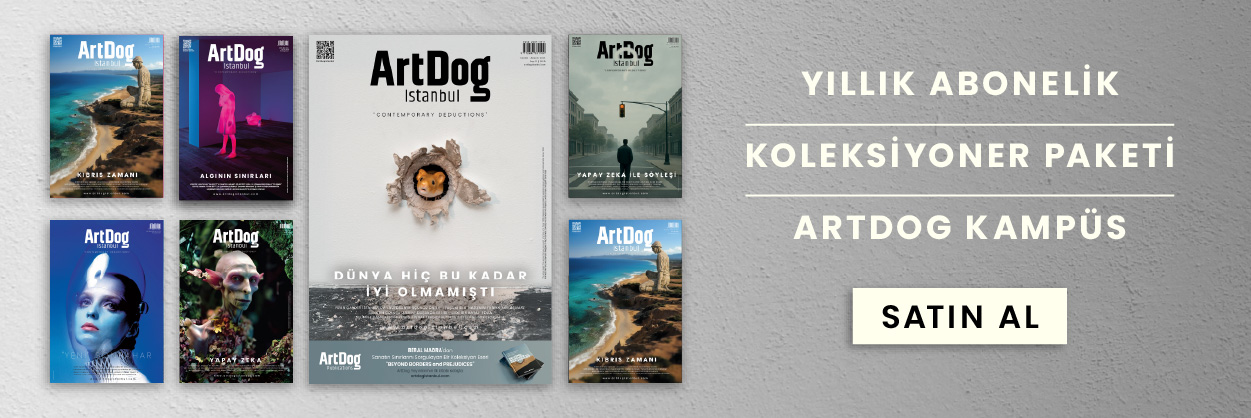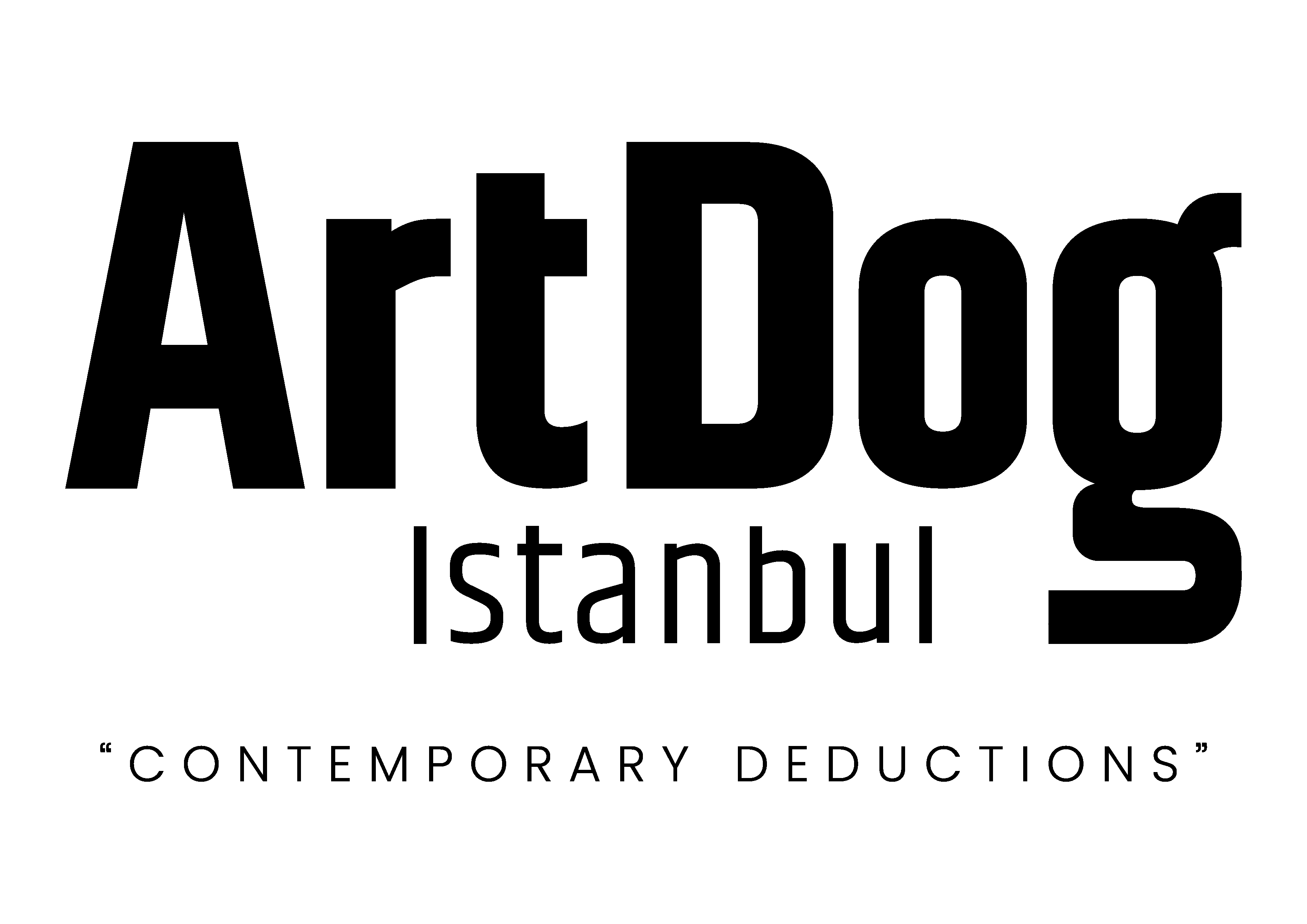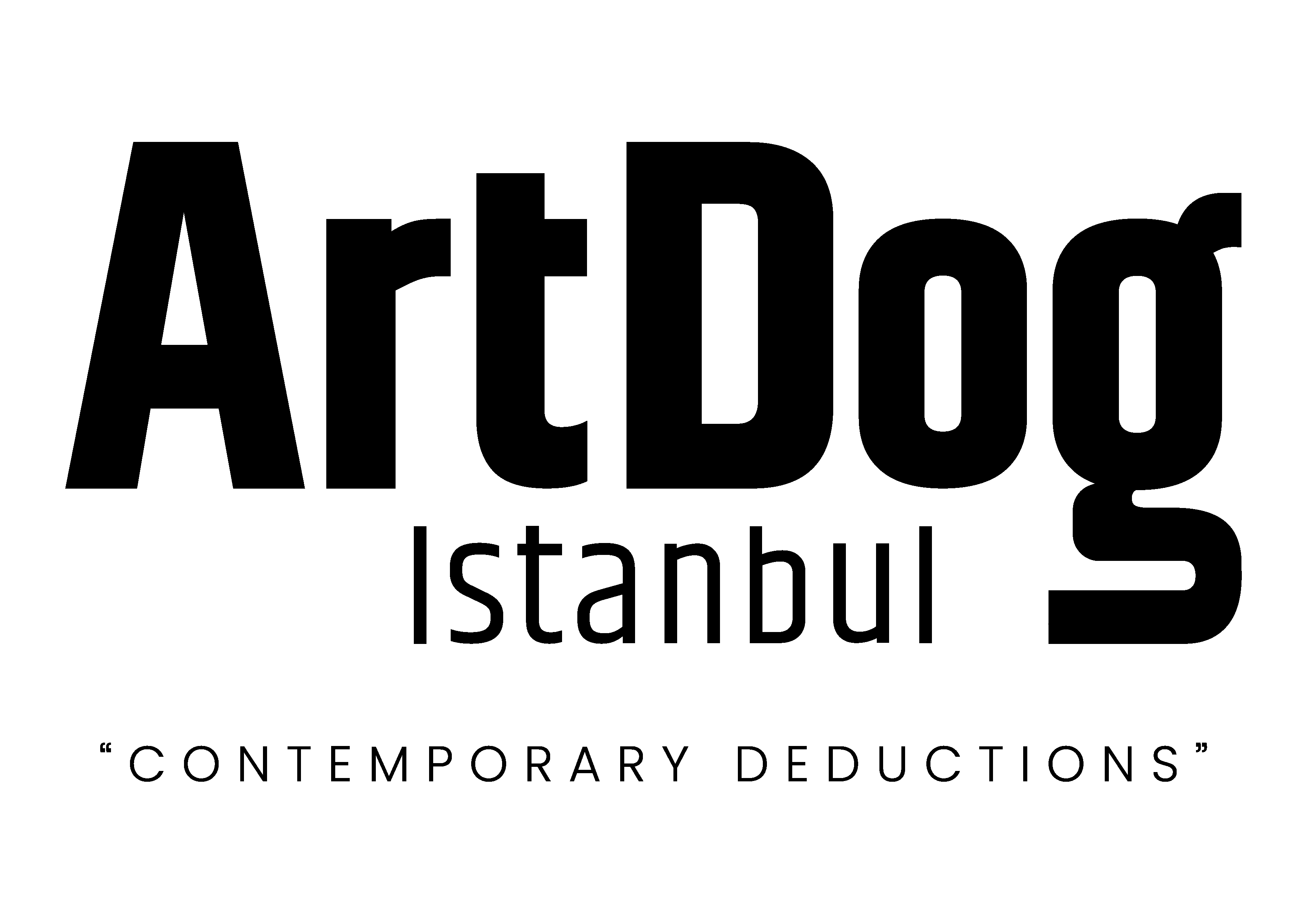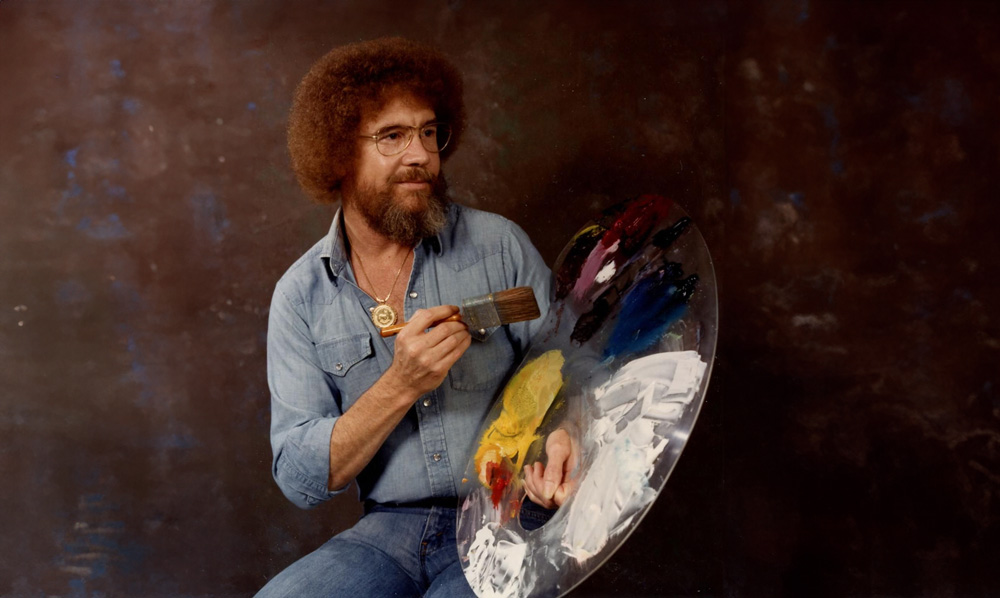Hundreds of artists, performers, writers, and cultural workers across the U.S. gathered on 21–22 November for a two-day creative uprising under the name Fall of Freedom. Emerging at a moment when authoritarianism and censorship pressures are increasingly visible within the cultural sphere, Fall of Freedom grew out of artists’ desire to act without waiting for institutions. The first spark came when artist Dread Scott, calling for “an urgent artistic action,” reached out to figures such as Lynn Nottage, Accra Shepp, Miguel Luciano, and Eric Gottesman. Open Zoom meetings soon evolved into a broad network of solidarity that organized hundreds of artists nationwide.
Organizers describe Fall of Freedom as “a creative revolt and a collective awakening.” The movement aims to make visible once again the historical role of art in social struggles—from Billie Holiday’s Strange Fruit to Picasso’s Guernica—offering a cultural counterforce to today’s atmosphere of repression.
Institutional Silence, Collective Artistic Response
The rise of Fall of Freedom is closely tied to the climate of pressure enveloping cultural institutions. Cuts to the National Endowment for the Arts, layoffs at the Kennedy Center, and increased federal scrutiny of institutions such as the Smithsonian have pushed museums and performing-arts venues toward a preemptive posture of compliance. Organizers point out that many works have been cancelled as “too risky,” and theatre productions or exhibitions increasingly avoid political debate.
Artist Lynn Nottage summarizes the situation as follows: “Artists aren’t afraid—institutions are. And fear trickles downward, shrinking the space in which artists can work.” For this reason, Fall of Freedom was built as an independent model in which artists rely on their own networks rather than institutions. The motto “They can silence one of us, but not all of us” quickly became one of the movement’s guiding ideas.
Within this framework, hundreds of simultaneous actions took place across the country on 21–22 November. New York alone hosted nearly 200 projects: the ABC No Rio action in Madison Square Park; a video installation at the Jackson Heights–Roosevelt Ave station; digital billboards critiquing Trump; the Banned Book Brigade, which roamed public spaces with censored book covers; and exhibitions at El Museo del Barrio and the Bronx Museum, both of which aligned their programming with Fall of Freedom. At Pioneer Works, the Creatives For Freedom concert brought together Sheryl Crow, Mark Ronson, St. Vincent, and Maggie Rogers, becoming one of the most visible events of the movement; proceeds were donated to the ACLU.
Cities beyond New York were equally engaged. In Washington, D.C., a dance protest by laid-off Kennedy Center employees and ArtWatchV2.0’s Marie Antoinette-themed satire casting Trump as the queen made headlines. Pop-up exhibitions in Philadelphia, zine workshops in Alaska, open-mic nights in Idaho, and actions stretching from Maine to Wyoming demonstrated just how widely Fall of Freedom resonated.
Organizer Miguel Luciano emphasizes that the weekend should be seen as a beginning: “Fall of Freedom is not just a two-day program; it’s the first step in a long season of solidarity.” Meanwhile, Accra Shepp captures the movement’s core spirit: “These events remind us of something simple: action is still possible. Courage grows when we stand together.”









